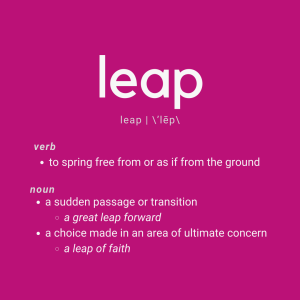Setting Expectations

One of the most common workplace complaints I hear is about employees who do not meet basic expectations. They are late, they behave in ways that are awkward or inconvenient for clients, they don’t keep things as clean as they should in their workspace… the list goes on and on.
Here is my question to everyone who has these types of complaints: do employees know your expectations?
You reply, “YES! How in the world can someone not know what it means to be on time? How can someone not know that ‘clean’ means free of dirt? How can they NOT know that flossing one’s teeth at a client dinner is uncouth? They have been told to be on time, neatly dressed and professional – of course they know what the expectations are!”
I beg to differ. When employees are continually missing the mark on such basic expectations, there is miscommunication someplace.
You have a set of assumptions that you hope your employees will share: being on time means being ready to work 10 minutes before the start of their shift; being polite means that they follow the Emily Post rules of etiquette for all workplace interactions, and so forth. If you do not define what you mean by “be on time,” how will they know how to meet the expectation? And, if the last time you mentioned to an employee that being on time was important was the day she started 14 months ago, your frustration is your own fault. Hoping that employees will suddenly become psychic and meet your expectations is a nice thing to wish for, but is not effective in making the workplace work better.

So, how do you begin to set clear expectations? First, you must clarify them for yourself. What do you mean when you tell someone to be on time? How do you want people to behave with clients? Write these down. Be specific. You may think that you shouldn’t have to do this. You’re wrong. You have to – though I know it can seem obtuse. Second, review your list of detailed expectations and show it to someone else – this should be a colleague or friend who can be objective and who likes to look for detail.

Then set up a meeting to talk specifically about your expectations with all of your employees. Let them know that you have been concerned by the fact that some basic workplace expectations are not being met. Let them know that you have realized that not everyone might have the same information on what is expected. Discuss the expectations in detail. Yes, it may seem to some like this information is obvious, but the purpose is to get everyone on the same page so that you can all move forward with clarity. Once you have done this, you can reference this meeting when necessary if they miss the mark again.
Set Expectations: (this also builds on the last blog post about clear communication):
- Define your expectations in detail
- Review your own assumptions about what people “should” know how to do
- Handy though it would be, your team is probably not psychic
- Be specific
- Explain what it means to be on time, to be conscientious with your work, to put in extra effort on a project, and so forth
- Review your list and have someone else look at it objectively
- Have you missed anything? If so, fill-in the missing details
- Set-up a time to talk and then meet with your team
- This is the opportunity for everyone to be on the same page. It doesn’t have to be heavy or laden with problems – it’s an opportunity to start fresh and move forward
- “The expectation is that…”
Setting expectations is helpful for everyone. It decreases stress and clarifies the assumptions we have about how our teams should work together. It decreases errors and frustration and lets everyone focus on the work they should be doing rather than on the energy drain that complaining causes. Setting expectations is also necessary for the next step in communicating well with your team: getting their commitment to meeting those expectations. Stay tuned.




